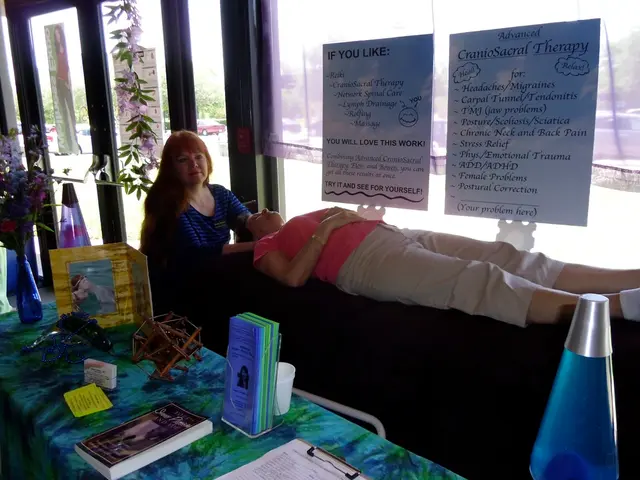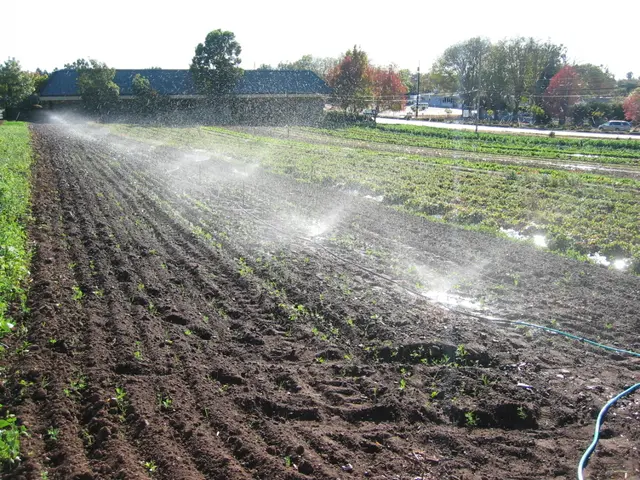Adults Can Regenerate Brain Cells, Contrary to Previous Beliefs
The human brain expands by billions of neurons in the womb and adds a few more during childhood. It was once believed that the brain cells grown before adulthood would be the only ones we'd have for the rest of our lives. But modern research challenges that notion. So, can adults truly grow new neurons? The answer isn't quite black and white.
Some experts assert that there is strong evidence supporting our ability to create brain cells post-childhood, while others remain skeptical. The process of generating new brain cells is known as neurogenesis, and researchers first noticed it in numerous animal species, such as mice, rats, and songbirds. In adult mice, they discovered new neurons growing in areas like the subventricular zone, linked to the sense of smell, and the hippocampus, crucial for memory.
These neurogenesis discoveries in animal models have led researchers to believe that it could be essential for the brain's adaptability and change over time, underpinning our capacity to learn and form memories. Lifestyle factors, like living in a stimulating environment and exercising, can encourage the growth of new neurons in mice. Conversely, in mouse models of conditions like Alzheimer's, neurogenesis is hindered. Now, the debate is whether these findings apply beyond mice and other lab animals.
Human Adult Neurogenesis: A Missing Piece?
"The majority of our knowledge on adult neurogenesis came from studies in animal models," explains Professor Hongjun Song of the University of Pennsylvania Perelman School of Medicine. "Whether such insights can be directly applied to human studies is a complex matter."
The issue is that many animal neurogenesis studies employ methods, such as tracer molecule injections into the brain, that aren't feasible in human studies. These methods make it possible to visualize if and where new neurons are developing but are toxic. Furthermore, they necessitate post-mortem brain dissection.
There are, however, some exceptional instances in which researchers can apply comparable methods to track neurogenesis in humans, such as doctors using tracer molecules to track tumor growth in patients with brain cancer. But such approaches are too dangerous for healthy individuals due to their toxicity.
Noteworthy findings from the 1998 study published in Nature Medicine used this method and examined the brains of cancer patients after their deaths. The research showed that, in addition to flagging cancer cells, the tracer molecules also marked new neurons in the hippocampus. This finding suggested that humans might be able to grow new neurons well into adulthood, given that the patients were 57 to 72 years old.
In 2013, a study in the journal Cell employed radiocarbon dating to examine neurogenesis in humans, looking at carbon-14 concentrations inside cellular DNA. While their approach was intricate, they identified newborn neurons in the adult hippocampus by using carbon-14 to roughly pinpoint the cells' "birthday" and determine whether they emerged after the person's birth.
Although compelling, the method's complexity means that the study's results have yet to be replicated. Yet, there are other markers, like certain proteins exclusive to growing neurons, that can be identified to learn more about neurogenesis in human adults. Using these indicators, researchers like Professor Gerd Kempermann of the Center for Regenerative Therapies in Dresden, Germany, have identified additional evidence of newborn neurons in the adult human brain.
Not Everyone is Convinced
Yet, some researchers question this evidence. Professor Arturo Alvarez-Buylla of the University of California, San Francisco, is among them. He has spent much of his career studying the growth of new neurons and believes that while new neurons are formed in children and adolescents, evidence supporting neurogenesis in adults is scarce.
Alvarez-Buylla suggests that other researchers may have found indications of neurogenesis in adult humans due to chemical markers used to track new neurons appearing in other cell types, such as glia. He is also skeptical about the use of carbon-14 dating for this purpose, viewing it as "creative" but questioning whether researchers can verify that the new cells are neurons or if there could be other reasons for varying carbon-14 levels in cells.
However, Alvarez-Buylla doesn't completely rule out the possibility of human adult neurogenesis; he simply expresses his doubts about its frequency. "I would say that's a rare phenomenon," he conceded. "If it happens, it's very, very few cells."
Yet, Professor Kempermann argues that human adults can grow new neurons and maintains that the positive findings outweigh the critical ones. Understanding whether adult neurogenesis exists continues to be a significant question for the field of neuroscience.
- Could we ever retrieve memories from a dead person's brain?
- What happens in your brain while you sleep?
- How much of your brain do you need to survive?
- In light of the debates surrounding human adult neurogenesis, the question of whether memories could potentially be retrieved from a dead person's brain becomes intriguing, considering the brain's ability to create new neurons and adapt over time.
- Given the ongoing research into neurogenesis and its potential impact on mental health, health-and-wellness, fitness-and-exercise, and nutrition, understanding how a stimulating environment or exercise may influence the growth of new neurons in the human brain could be crucial for our overall well-being.






